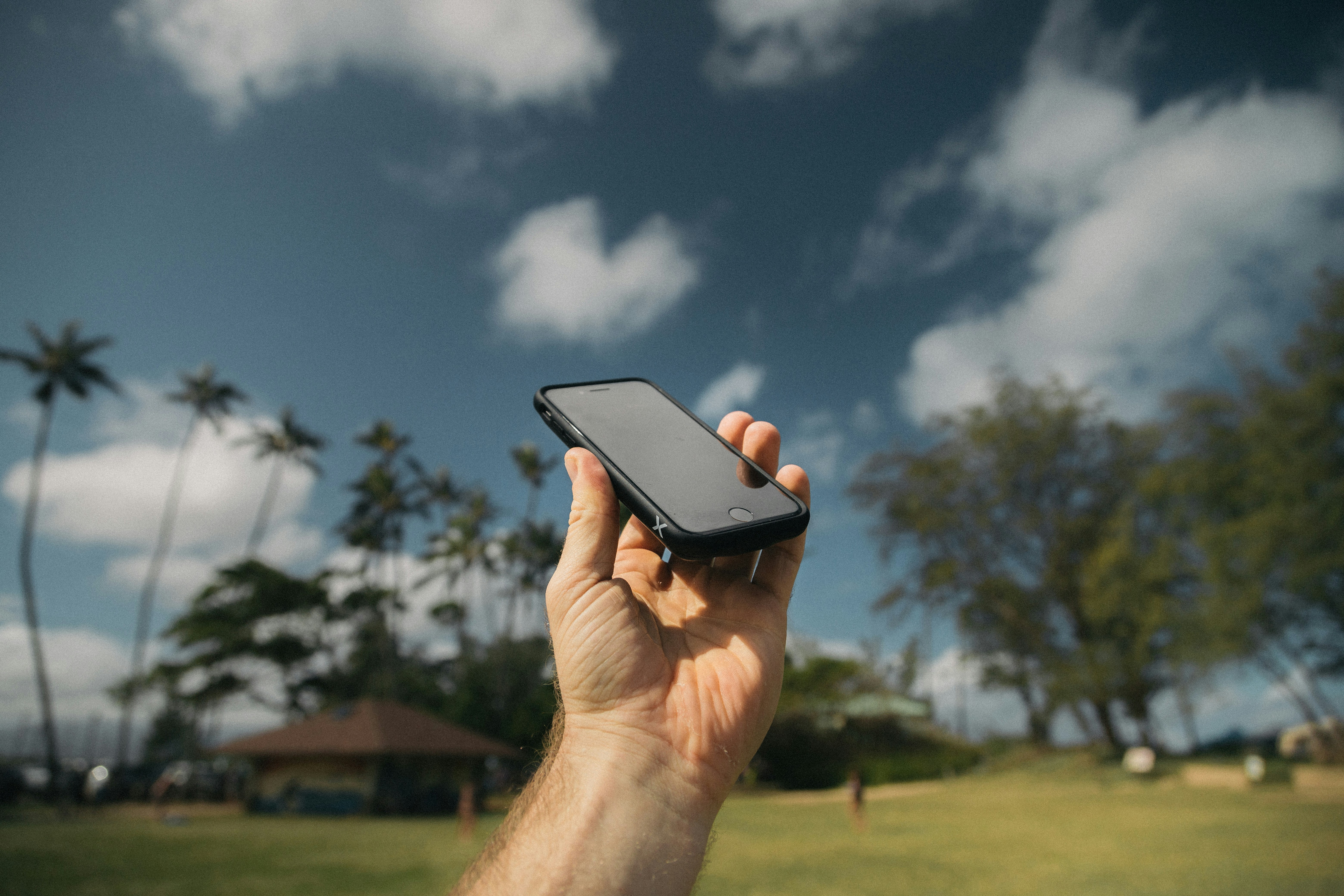Unfolding the Potential of Rollable Smartphone Displays
The world of smartphones is about to get a bit more flexible. Imagine a device that fits in your pocket, but when unrolled, it reveals a screen size comparable to a tablet. Yes, we're talking about rollable smartphone displays, a technology that could redefine the boundaries of portability and functionality in the smartphone industry.

A Glimpse Into the Past
In the last decade, smartphone designs have grown stale. The candy-bar design, as it’s often referred to, has dominated the market, with major changes mostly revolving around camera improvements, battery life, and software enhancements. However, the tech world was given a jolt of excitement when foldable smartphones were introduced. These devices, led by brands like Samsung and Huawei, offered a new way to experience mobile technology, but they also came with their own set of challenges.
One of the main issues was the crease that appeared when the phone was unfolded. Despite advances in technology, achieving a truly seamless foldable display proved elusive. Enter rollable displays, a technology that promises to overcome these problems and offer an even more refined user experience.
The Dawn of Rollable Displays
In 2020, LG introduced the world to the first glimpse of a rollable smartphone at the Consumer Electronics Show (CES). The device, which was part of LG’s Explorer Project, featured a screen that could extend from a smartphone size to a small tablet, all without any visible crease. Unfortunately, LG has since exited the smartphone business, but the technology lives on.
The Current Scenario
Fast forward to the present day, and several other tech giants are now racing to perfect this technology. OPPO unveiled a concept device, the OPPO X 2021, which features a rollable display that extends from a 6.7-inch screen to a 7.4-inch display. The device uses a proprietary Roll Motor powertrain to smoothly extend and retract the screen without any creases.
Samsung, the leader in foldable smartphones, is also not far behind. The company has confirmed that it’s working on rollable and slidable smartphones, signaling a future where flexible displays will become increasingly common.
The Market Impact and Price Range
Given the state-of-the-art nature of this technology, the price of rollable smartphones is expected to be on the higher side. Foldable smartphones, such as Samsung’s Galaxy Z Fold2, retail for around $2000, and it’s likely that rollable phones will be priced similarly, if not higher.
However, as the technology matures and becomes more widespread, prices are likely to drop, just as they did with 4G smartphones and OLED displays.
The market impact of rollable smartphones could be significant. As per a report by Market Research Future, the global flexible display market is projected to reach $39.1 billion by 2025, growing at a CAGR of 20.2% from 2019. Rollable smartphones, given their potential to deliver a tablet-like experience in a pocket-sized form factor, could play a pivotal role in this growth.
The Road Ahead
While rollable smartphones are undeniably exciting, they’re still in the early stages of development. Issues around durability, battery life, and production costs need to be addressed before they can become mainstream. However, given the pace of innovation in the tech world, it might not be too long before we see these devices in the hands of consumers.
In conclusion, rollable smartphone displays represent a fascinating evolution in mobile technology, offering a blend of portability and functionality that could make them a game-changer in the industry. As we continue to push the boundaries of what’s possible, one thing is clear: the future of smartphones is flexible.




